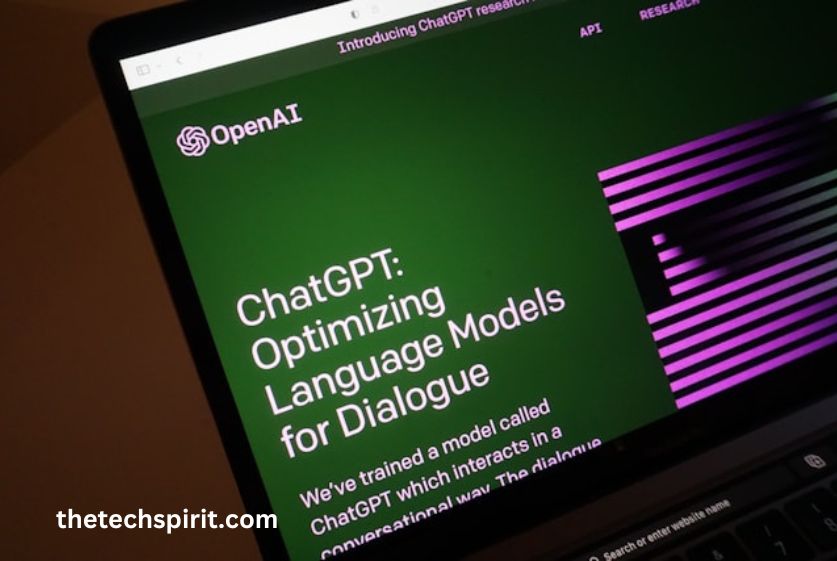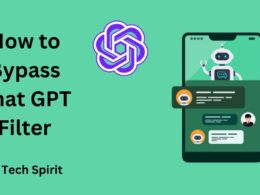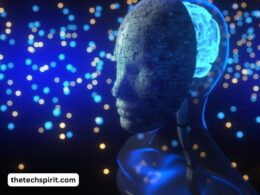Table of Contents
ChatGPT has taken the world by storm as a powerful AI tool that can generate human-like text on demand. One of the most exciting applications of ChatGPT is its potential for automating and enhancing story generation.
While ChatGPT still requires human creativity and editing, it can help kickstart story ideas and draft original content in seconds. Let’s explore how this versatile AI can unleash new possibilities for your storytelling.
What is ChatGPT?
ChatGPT is a natural language AI system developed by the research company Anthropic. It is built on top of GPT-3.5, an advanced language model created by OpenAI. At its core, ChatGPT is designed to understand conversational prompts and provide coherent, human-like responses.
Some key features of ChatGPT:
- Powerful AI text generator – Can produce high-quality text on any topic based on examples
- Customized responses – Adapts its tone, style, and opinions based on prompts
- Conversational interface – Allows back-and-forth dialogue like chatting with a human
Developed by OpenAI
ChatGPT was created by scientists and researchers at OpenAI, a leading artificial intelligence research laboratory based in San Francisco. OpenAI’s mission is to advance digital intelligence in a way that benefits humanity. The non-profit was founded in 2015 with backing from prominent Silicon Valley leaders like Elon Musk, Sam Altman, and Peter Thiel.
Since its founding, OpenAI has produced groundbreaking AI systems like GPT-3, which serves as the backbone for ChatGPT. Its researchers focus on developing safe and beneficial AI that can assist humans. ChatGPT leverages OpenAI’s years of experience training advanced language models.
Powerful AI text generator
At its core, ChatGPT excels as a sophisticated text generator. The AI system can produce written content on nearly any topic while adapting to the desired tone, length, and style.
ChatGPT achieves this by training on vast datasets of online text, allowing it to learn the patterns and conventions behind high-quality written communication. The AI has absorbed a huge breadth of knowledge from books, websites, newspapers, and more.
While ChatGPT cannot reason on its own, it can synthesize and recombine text to produce original output. This makes it adept at drafting emails, essays, code, and more. It’s like having a robot wordsmith at your fingertips!
How Can ChatGPT Help Generate Stories?
With its advanced language generation capabilities, ChatGPT can be a versatile writing assistant for crafting short stories, novels and other fiction. Here are some of the key ways it can aid and enhance storytelling:
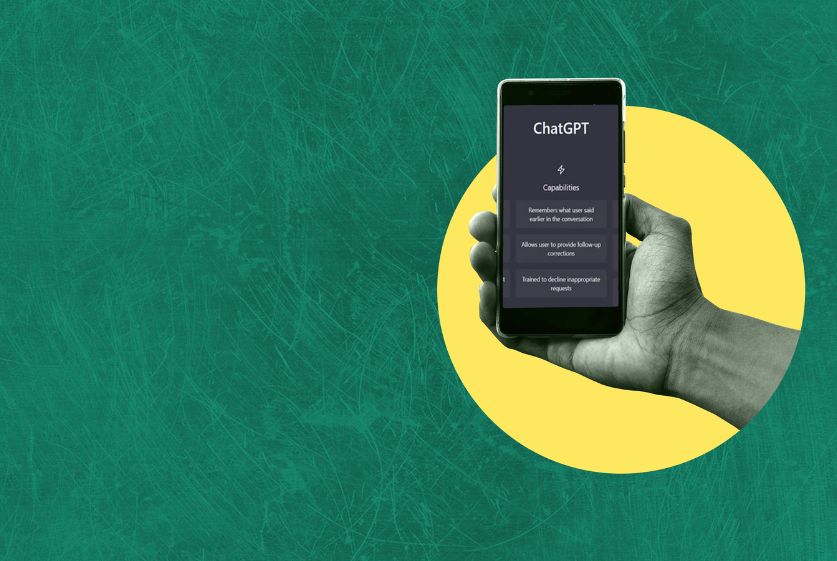
Brainstorm story ideas
ChatGPT serves as an endlessly patient brainstorming partner for coming up with interesting characters, settings, and narrative scenarios. You can describe the basic premise you want to explore and ChatGPT will provide ideas to spark your creativity.
For example, you could say “Suggest 5 characters and plot points for a mystery novel set in a traveling circus in the 1920s”. ChatGPT can churn out various combinations of intriguing characters and plot elements on demand.
Develop story outlines
Before writing, it helps tremendously to map out the narrative arc and key scenes. ChatGPT can generate detailed outlines for stories based on prompts.
Feed it a few sentences on your overall story concept and characters, and it will return a multi-paragraph outline fleshed out with descriptions of characters, settings, and major plot points. This provides an easily editable framework to build your story.
Write draft content
Once equipped with a strong outline, you can have ChatGPT write entire draft scenes or chapters to bring your story to life. The AI can mimic different author styles based on examples. Give it some sample text reflecting the tone you want, and ChatGPT will follow suit with its own generated prose.
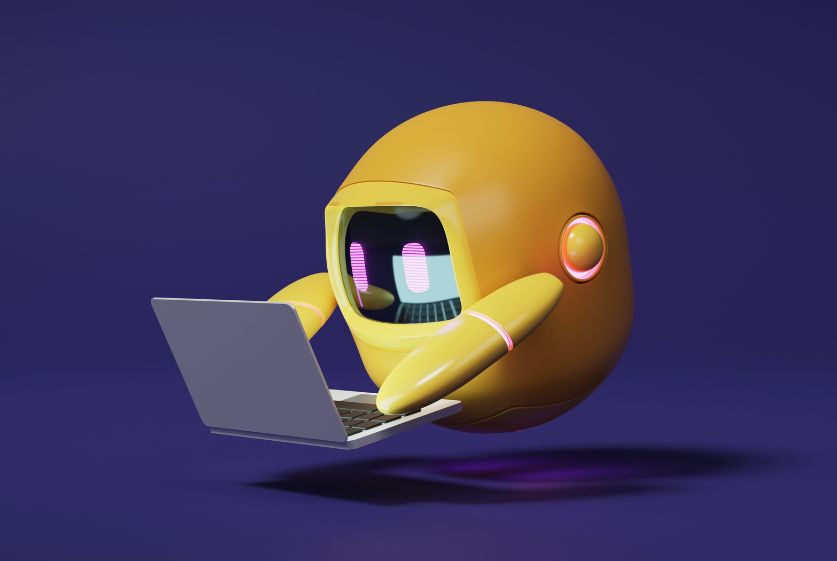
While the drafts produced require editing, they can serve as raw material to adapt into your own unique story. The AI provides a basic linguistic framework for describing characters, events, and settings which you can then mold and refine.
Edit and refine stories
After producing a draft, ChatGPT can also help with editing by rephrasing sentences, expanding details, and improving flow. Ask it to enhance particular paragraphs to be more descriptive or gripping. The AI will rework its text accordingly, allowing you to polish a story incrementally.
You can even have ChatGPT write alternate versions of scenes to compare different ideas. It serves as an unlimited revision machine!
Tips for Using ChatGPT Story Generator
While ChatGPT is skilled at producing text, it requires strategic prompts and guidance to generate coherent, in-depth stories. Here are some tips:
Provide detailed prompts
The more background context and details you provide upfront, the better. Introduce all the major characters, establish the setting, and share the genre and desired word count. Give ChatGPT as much to work with as possible.
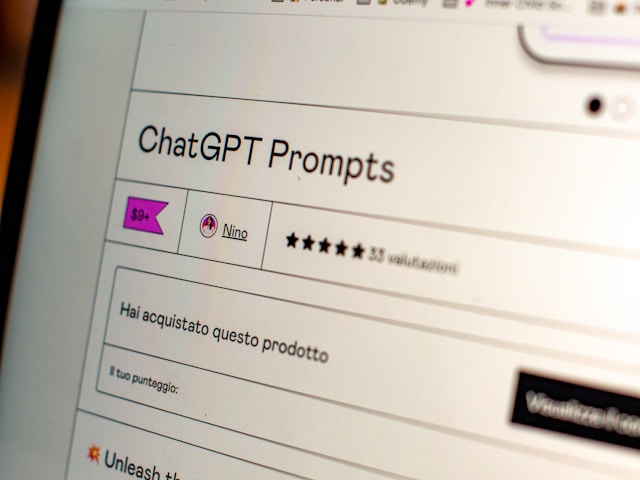
Set length and genre
Be sure to specify how long you want the generated text to be and what narrative style or genre it should follow. Without clear parameters, ChatGPT may stray or produce text that must be heavily edited. Define the guardrails.
Ask for different perspectives
One strategy is to have ChatGPT write the same scene from different character perspectives. This provides alternative story vantage points and emotions to integrate.
Edit AI-generated text
Treat any text from ChatGPT as an unfinished draft needing refinement. Expect to rework sentences, add descriptive flourishes, and inject original metaphors. The human touch is essential.
Benefits of Using ChatGPT for Story Generation
While not a complete substitute for human creativity, leveraging ChatGPT for story writing provides some major advantages:
Saves time
Whether it’s coming up with ideas, developing outlines, or drafting raw content, ChatGPT dramatically speeds up the writing process. It can write in seconds which might take hours or days for a human. The time savings add up.
Stimulates creativity
Writer’s block can stall projects in their tracks. ChatGPT generates fresh ideas and directions that breakthrough creative blockage. It provides raw material to get the creative juices flowing.
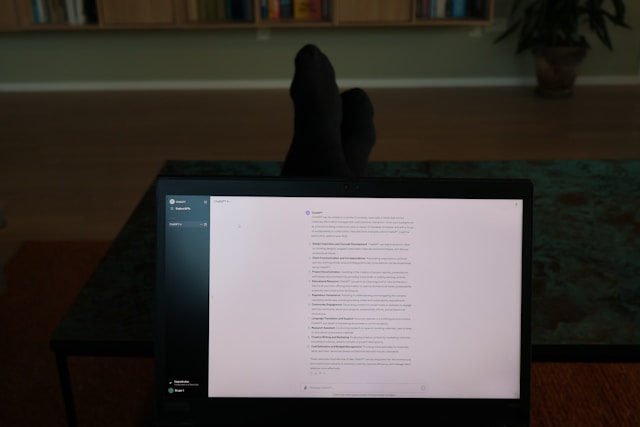
Allows for experimentation
ChatGPT permits exploring radically different story variations at scale. You can easily test different plot directions, character types, settings, styles, and genres. This flexibility aids discovery.
Limitations to Consider
While powerful, ChatGPT has some key limitations to keep in mind:
May lack originality
Given its training method, ChatGPT cannot exhibit true creativity or original thinking. Its stories will be remixes and combinations of data rather than profound art. Expect derivative tropes.
Requires human editing
The AI cannot self-improve or refine its writing. Vigorous editing is needed to transform its raw text into a polished story. Plan to spend time reworking drafts.
Can’t completely replace human writers
Due to its algorithmic nature, ChatGPT falls short of matching human imagination and emotional resonance. It should augment storytellers, not substitute them.
The Future of AI Storytelling
The capabilities of tools like ChatGPT are only in their infancy. Some exciting developments on the horizon could further enhance AI-assisted story writing:
Custom story prompts
More tailored story outlines and frameworks tuned to specific genres, settings, and character types could produce more focused narratives.
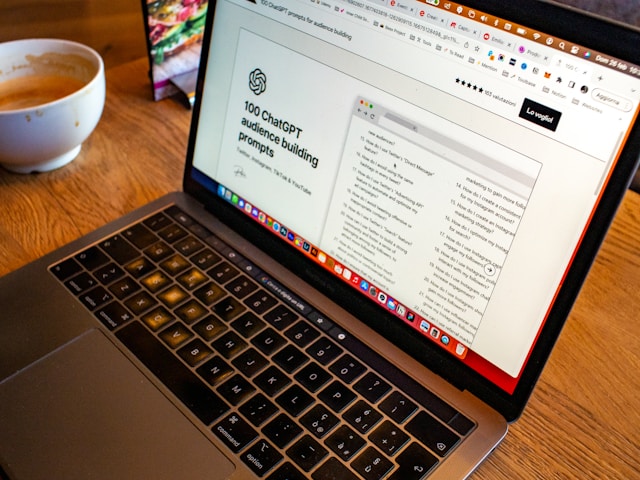
More personalized stories
AI that adapts stories to readers’ expressed interests and preferences could enable ultra-customized, interactive narratives.
Integration with other tools
Combining the writing chops of ChatGPT with visual art generators and game engines could allow for multi-media interactive fiction.
Conclusion
ChatGPT Story Generator represents an exciting step forward in leveraging AI to boost human creativity. While still imperfect, its ability to help brainstorm ideas, draft content and refine writing makes it a versatile storytelling companion.
Remember to provide clear direction, extensively edit its output, and view ChatGPT as an idea generator rather than a replacement for human artistry. With thoughtful use, you can unlock amazing new possibilities for your fiction through the power of AI.
FAQs
What types of stories can ChatGPT generate?
ChatGPT can generate short stories, novels, screenplays, poetry, fan fiction and more across every imaginable genre from romance to sci-fi. It just needs clear guidance on length and style.
Does ChatGPT plagiarize when generating stories?
No, ChatGPT creates original stories by recombining elements from its training data. However, some common tropes and cliches may emerge in its writing.
How can I get the best story results from ChatGPT?
Provide very detailed character, setting and plot prompts. Specify word count and genre. Ask it to avoid repetition and be creative. Provide examples reflecting your desired style.
Can ChatGPT replace human authors?
No, its stories lack true originality and emotional resonance. But it can augment human writers with brainstorming, drafting and editing assistance.
Will ChatGPT ever produce bestselling novel-quality stories?
Not anytime soon. While the underlying AI is advancing rapidly, ChatGPT still lacks human imagination, depth and wisdom needed for profoundly creative fiction.





